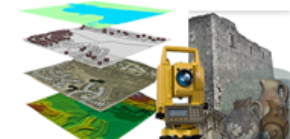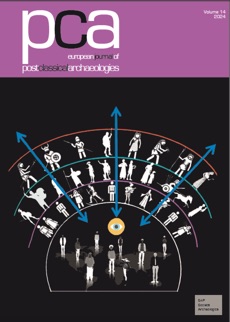Urban Archaeology is a relatively new sub-discipline within the archaeological sciences. Why has it been such a late developer? How do its scientific results amplify and influence our knowledge and thinking on the development of our towns and cities? How has the discipline developed in the last decades and what reasons were there for coining the specific term “Urban Archaeology”? How exactly do we define it? Is it archaeology of or archaeology in towns? How does the approach to and interpretation of Urban Archaeology differ across the world?
Whatever the viewpoint, the special challenge presented by archaeology in an urban environment has become a motor, an impulse-giver, for development and innovation – in project design, excavation philosophy and technology. Deeply stratified sites in town for example gave rise to new stratigraphic thinking, single context planning and of course the Harris Matrix. Latterly modern digital technologies have been used to great effect for 3D recording and reconstruction of lost townscapes – a development of which we are still only at the beginning. The often difficult and cramped conditions and the deep holes dug by archaeologists in city centres led to the adoption of civil engineering techniques never before seen in archaeological projects. The insight into the material culture of historical towns and cities provided by urban archaeology has augmented our understanding of their historical development across all social classes, in a way that written history alone cannot do, while lower layers of urban digs reveal unexpected prehistoric settlement-origins of which there is no historical record.
Such questions, aspects, developments, and innovations are all good reasons for a detailed review of international urban archaeology at this year’s 15th Vienna Conference on Cultural Heritage and New Technologies, with a special focus on the relationship between the innovate impulses urban archaeology creates and modern technologies. (D. Bibby)
Wien – Monday, November 15, 2010 – Wednesday, November 17, 2010






